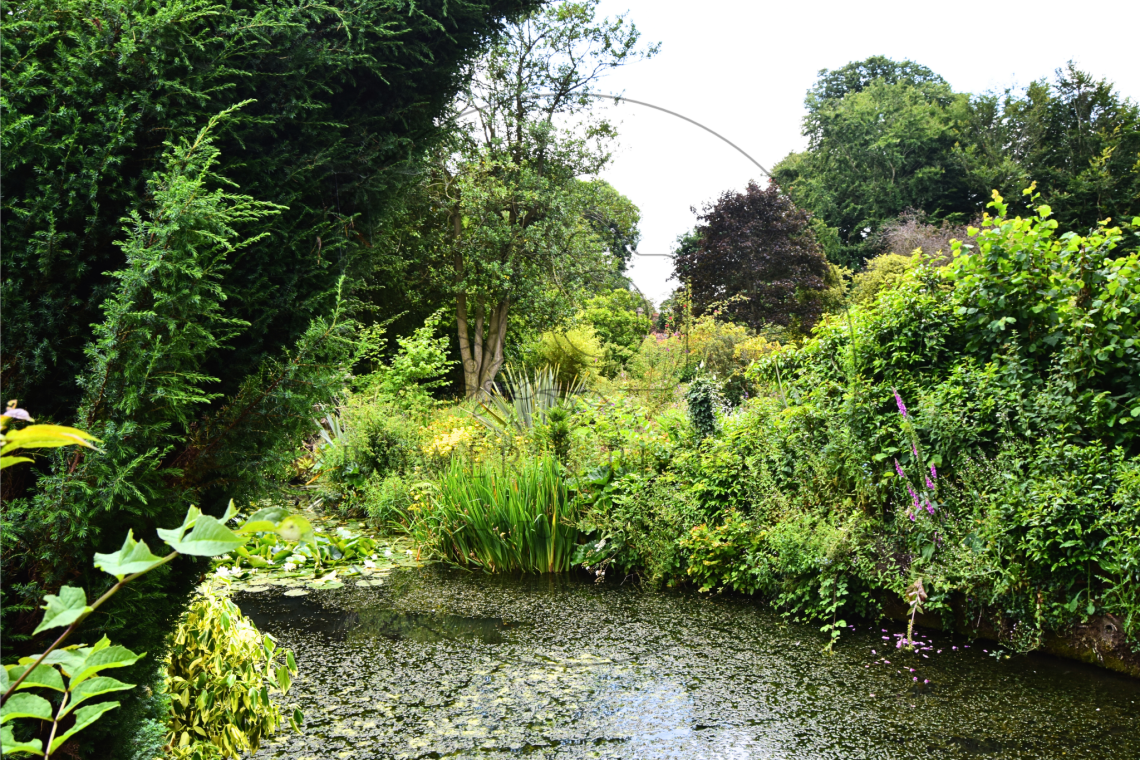When it comes to photography, lighting is everything. While artificial light can certainly create stunning effects, nothing beats the natural beauty and versatility of sunlight. Whether you’re a seasoned photographer or just starting out, harnessing the power of natural light can transform your images.
Let’s dive into the top five reasons why natural light is a game-changer.
1. Soft, Flattering Lighting
One of the most significant advantages of using natural light is its softness. Unlike artificial lighting, which can often create harsh shadows and unflattering highlights, natural light tends to be gentler on the eyes and skin. Sunlight, especially during the golden hours creates a warm, diffused glow that flatters your subject.
This is great for portrait photography, where you want to avoid unappealing shadows or overly sharp contrasts on your subject’s face.
Even on overcast days, the clouds act as a giant soft box, diffusing the light evenly and creating soft shadows. This natural diffusing effect helps maintain an even skin tone and eliminates the need for heavy post-editing to correct harsh lighting.
2. True-to-Life Colours
Natural light provides some of the most accurate colour reproduction you can get. Artificial light sources, such as fluorescent bulbs or tungsten lights, often cast odd colour tints – sometimes yellowish or greenish—that can distort your image. This means you’ll spend time colour-correcting in post-production, which can take away from the authenticity of your photos. With natural light, however, you get pure, true-to-life colours that require little to no adjustment.
The quality of sunlight shifts throughout the day, providing you with different types of light. In the morning, sunlight has a cooler, softer quality, while the golden hour light in the evening offers a rich, warm glow. This variety allows you to experiment with different colour palettes, depending on the mood you want to create.
3. Incredibly Versatile
The beauty of natural light lies in its adaptability. It’s never static – it changes with the time of day, the weather and your surroundings. This makes it incredibly versatile. On a sunny day you can capture sharp contrasts and dramatic shadows, while a cloudy sky will provide soft, even light perfect for detailed close-ups or softer portraits.
The direction of the sunlight also plays a huge role in how your images turn out: front lighting for a bright, clean look, side lighting for depth and texture, or backlighting for a silhouette effect.
Even if you’re indoors, natural light from windows or open doors provides a stunning backdrop for photography. You don’t need to carry bulky lighting equipment or complicated setups to get beautiful shots; just position your subject near a window and let the sunlight do the work for you.
4. No Need for Expensive Equipment
One of the most compelling reasons to use natural light is that it’s free! Artificial lighting setups can quickly rack up costs, from soft boxes to light stands, reflectors, and modifiers. Not to mention, lugging all that gear around can be cumbersome. With natural light, you can achieve professional results without any heavy or expensive equipment.
If you’re on a tight budget or prefer to keep things simple, using sunlight is an excellent way to get started with photography. All you need is your camera and access to a window or outdoor space. If you want to bounce the light a bit or soften harsh shadows, a DIY reflector (even a piece of white foam board) can work wonders. Natural light is accessible, cost-effective, and efficient—ideal for those who want quality without the hassle.
5. Creates Mood and Atmosphere
Natural light has an innate ability to add emotion and atmosphere to your photos. The warmth of golden hour sunlight can create a nostalgic or romantic mood. Soft diffused light on a cloudy day might lend your images a dreamy, ethereal quality. It can also help convey a sense of time or place – bright, direct sunlight evokes energy and vibrancy, while soft, shaded light suggests calm and introspection.
In landscape photography, for example, the way the light interacts with the environment can help tell a story. The long shadows and cool tones of morning light might highlight the majesty of a mountain range, while the soft, golden hues of a sunset might evoke feelings of tranquillity and wonder.
The light itself becomes a character in the story you’re telling with your lens.
Conclusion
Natural light offers an abundance of benefits that can elevate your photography. From its soft, flattering qualities to the versatility it provides, sunlight is the most organic way to capture breath-taking images. It allows you to keep things simple—no need for expensive gear or complicated setups – and still produce professional results. Plus, it creates beautiful, true-to-life colours and infuses your photos with mood and atmosphere that artificial lights simply can’t replicate.
Whether you’re shooting portraits, landscapes, or still life, the natural world offers the perfect light to suit every vision.
So the next time you pick up your camera, take a moment to embrace the beauty of natural light – it’s free, it’s everywhere, and it can turn any photograph into something extraordinary.



